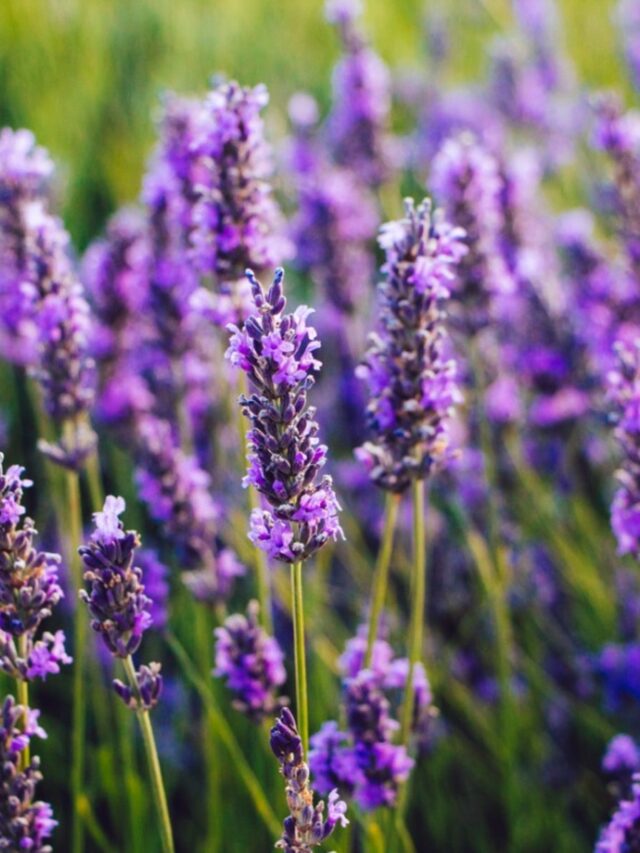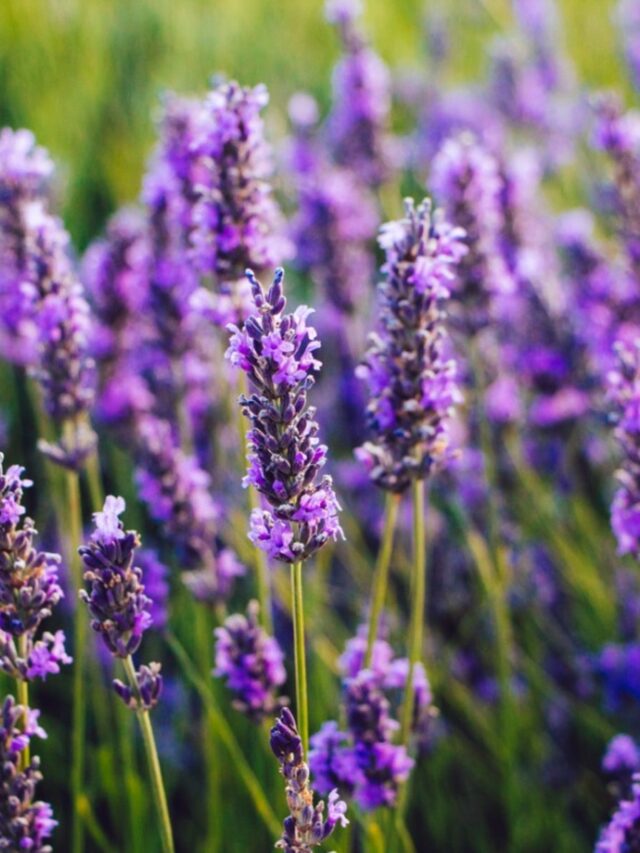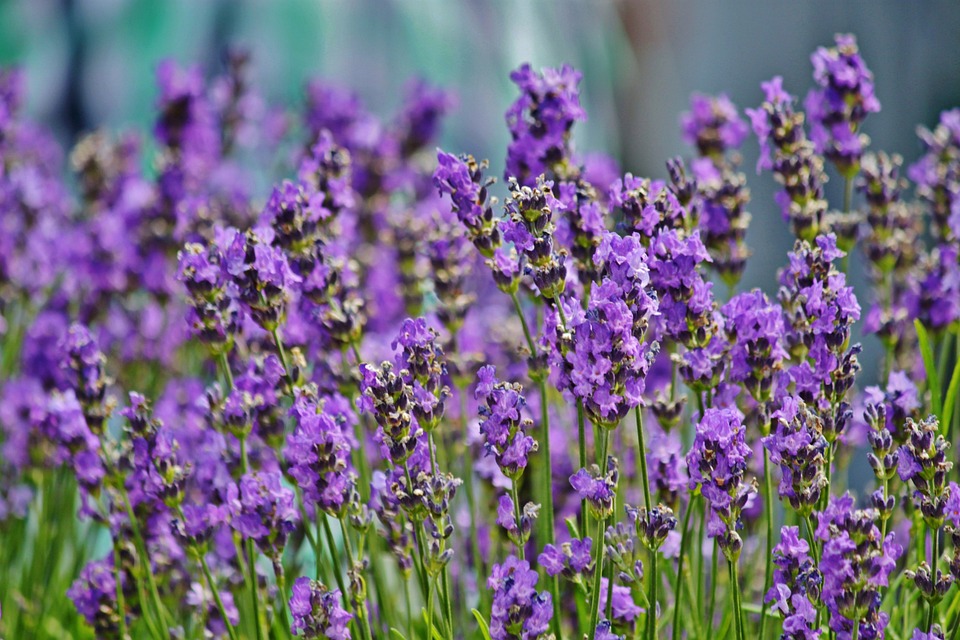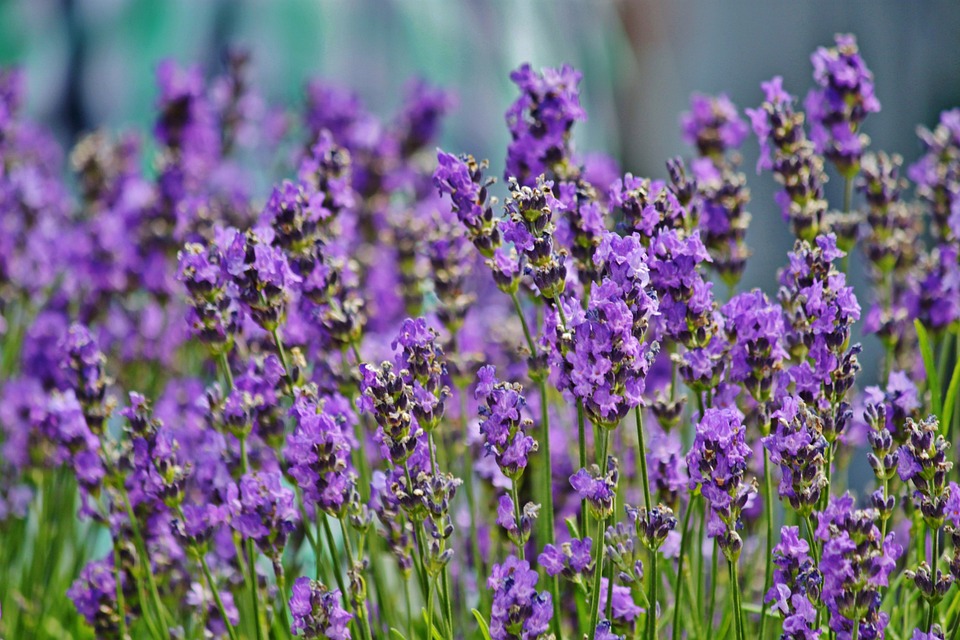A formal garden exudes elegance and precision, characterized by clean lines, symmetry, and carefully chosen elements that create a sense of balance and harmony.
Among these elements, perennial flowers play a crucial role, offering enduring beauty and structure year after year.
Choosing the right perennials for a formal garden involves considering not only their aesthetic appeal but also their ability to maintain the desired formal look over time.
Here, we explore some exemplary perennial flowers that are ideal for enhancing the timeless charm of a formal garden.
Roses (Rosa spp.)

Roses have long been synonymous with beauty and grace, making them a quintessential choice for formal gardens.
Their diverse colors and classic blooms add a touch of romance and sophistication.
In a formal setting, hybrid tea roses or floribunda roses are often preferred for their structured growth habits and ability to be neatly pruned to maintain shape.
Varieties like ‘Peace’, ‘Queen Elizabeth’, and ‘Double Delight’ are renowned for their stunning flowers and suitability for formal garden designs.
Lavender (Lavandula spp.)
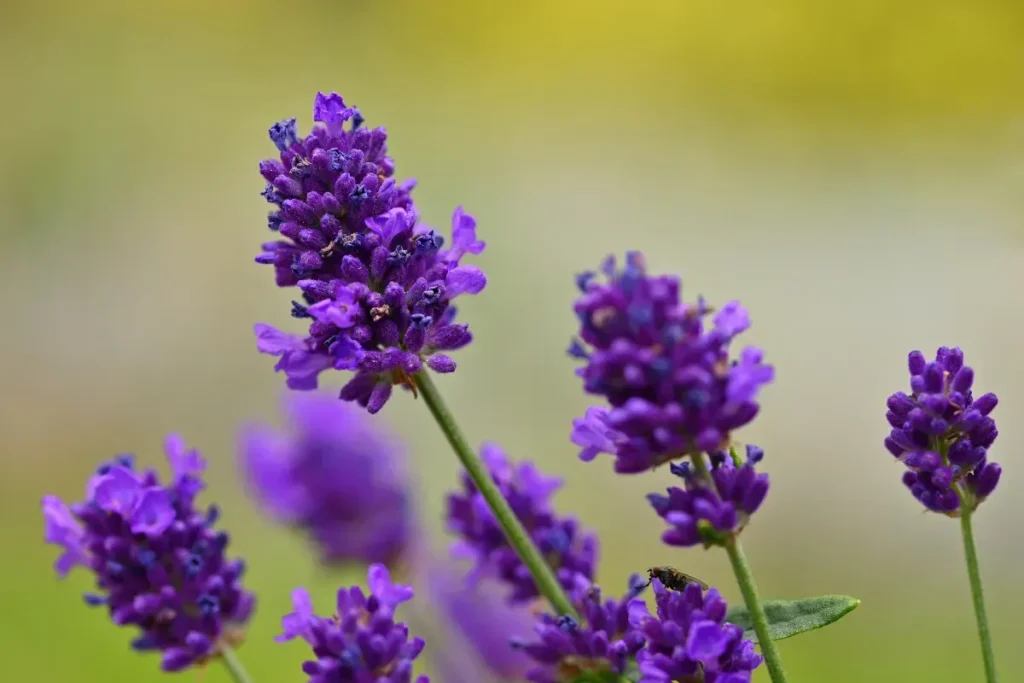
Lavender not only delights with its fragrant blooms but also brings a sense of orderliness to a garden.
Its narrow, linear foliage and spikes of purple, blue, or white flowers lend themselves well to formal planting schemes.
Lavender can be used to edge pathways, create borders, or form neat hedges, adding both color and texture while maintaining a structured appearance throughout the growing season.
Boxwood (Buxus spp.)
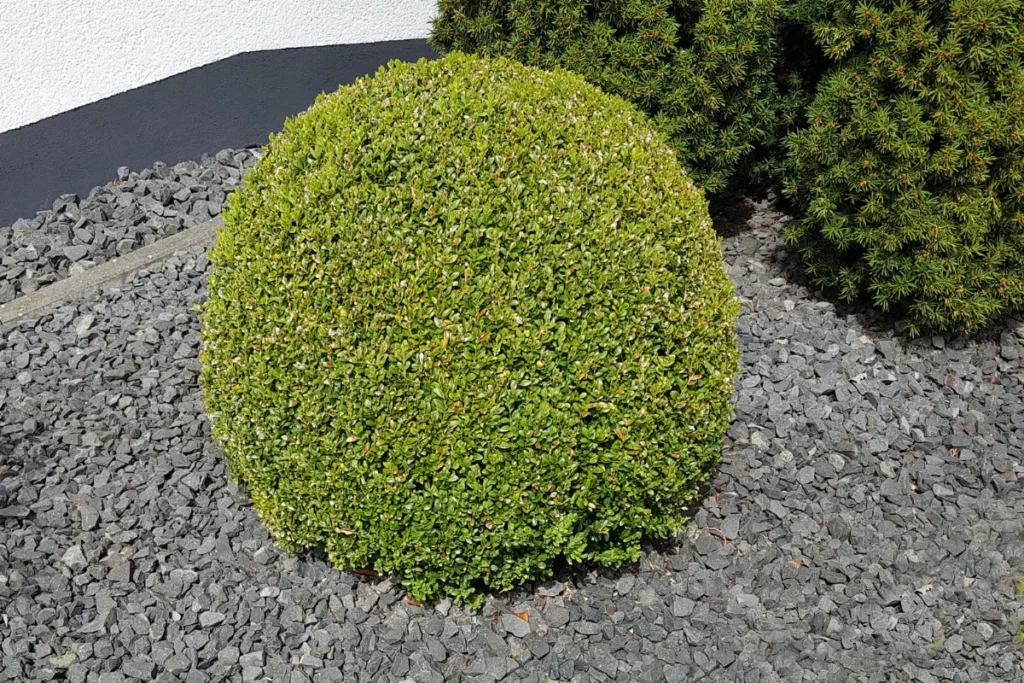
While not a flowering plant, boxwood is indispensable in formal gardens for its ability to create defined borders, hedges, and topiaries.
Its small, dense foliage and slow growth make it perfect for shaping into geometric designs or neatly trimmed hedges that delineate spaces with precision.
Boxwood’s evergreen nature ensures that it maintains structure and form year-round, providing a green backdrop against which flowering perennials can shine.
Peonies (Paeonia spp.)
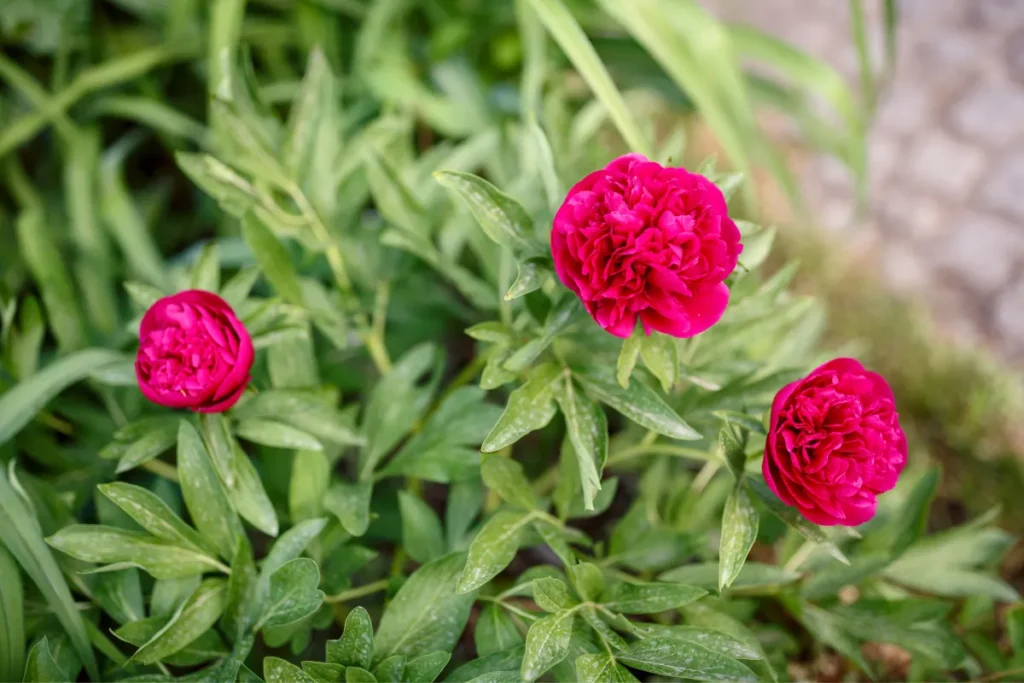
Peonies are celebrated for their large, extravagant blooms and lush foliage, making them a favored choice in formal garden settings.
Their flowers come in a range of colors from delicate whites and pinks to vibrant reds and corals, offering versatility in design.
Peonies can be planted in clusters or as focal points within a garden bed, where their robust growth and long-lasting flowers contribute to the garden’s elegance and visual impact.
Hydrangeas (Hydrangea spp.)
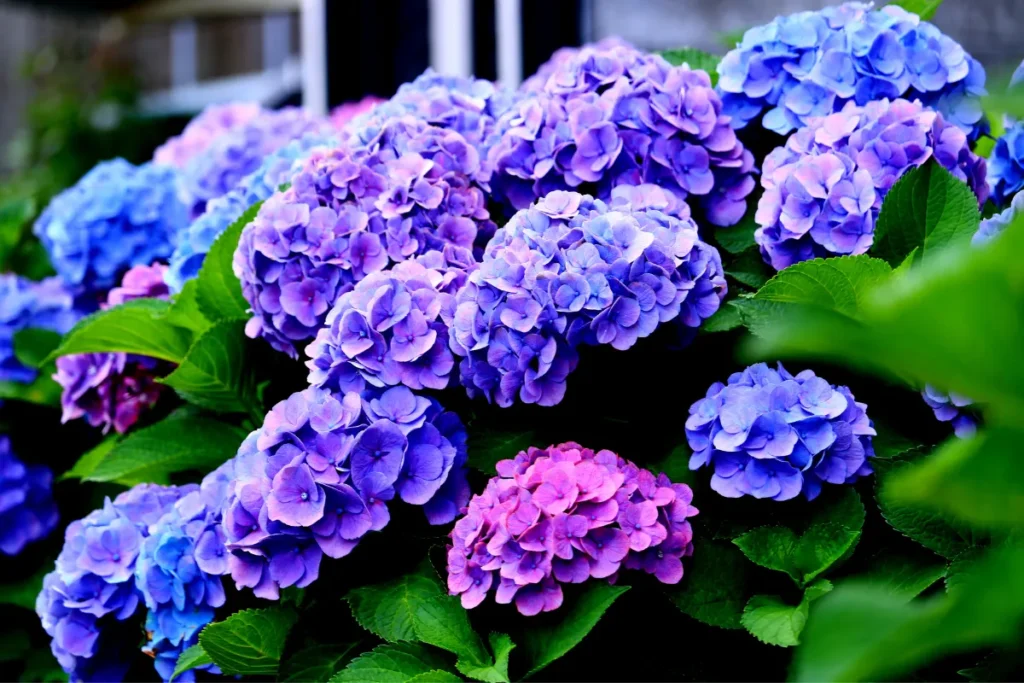
Known for their voluminous clusters of flowers and broad, lush leaves, hydrangeas bring a sense of abundance and charm to formal gardens.
Varieties like ‘Annabelle’ with its large white blooms or ‘Endless Summer’ with its blue or pink flowers can be strategically placed to balance the garden’s structure with softness and texture.
Hydrangeas thrive in partial shade and provide seasonal interest with their changing flower colors as they mature.
Daylilies (Hemerocallis spp.)

Daylilies are valued for their vibrant, trumpet-shaped flowers that bloom profusely throughout the summer months.
Available in a spectrum of colors including yellow, orange, red, and pink, daylilies can be used en masse or planted in rows to create neat borders or edgings.
Their grass-like foliage remains attractive even when not in bloom, adding to the garden’s visual appeal and maintaining a tidy appearance year-round.
Salvia (Salvia spp.)
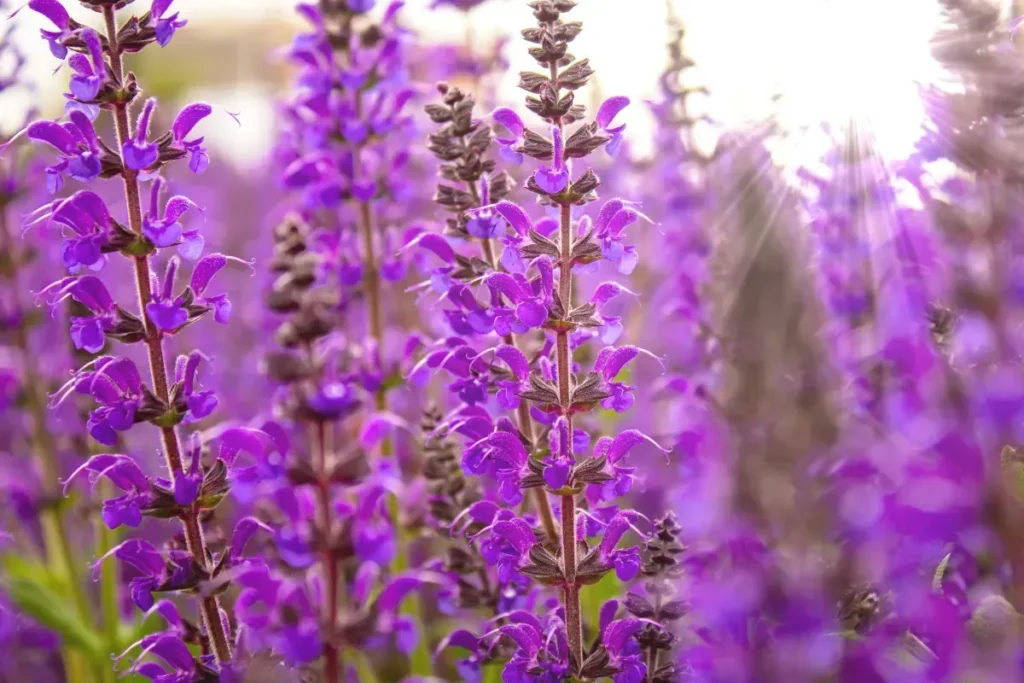
Salvias are prized for their spikes of flowers that attract pollinators while adding vertical interest to formal garden designs.
Varieties such as ‘May Night’ with its deep purple blooms or ‘Caradonna’ with its violet-blue flowers are well-suited for planting in rows or drifts to delineate garden beds or pathways.
Salvias are low-maintenance perennials that thrive in sunny locations, making them a reliable choice for formal gardens seeking both beauty and structure.
Iris (Iris spp.)
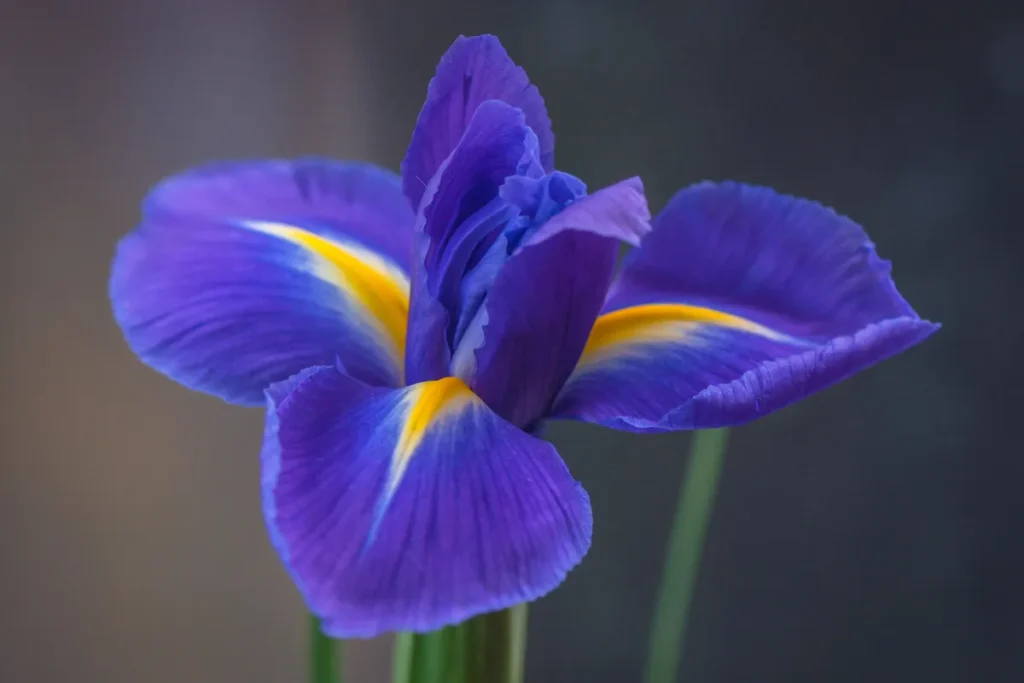
The elegant blooms of irises in shades of blue, purple, yellow, and white make them a classic addition to formal garden settings.
Irises can be planted in rows along borders or in clusters to create focal points.
Their sword-like foliage adds vertical interest even when not in bloom, contributing to the garden’s structured appearance.
Irises are also resilient perennials that require minimal maintenance once established, making them a practical choice for formal garden designs.
Designing with Perennials in Mind
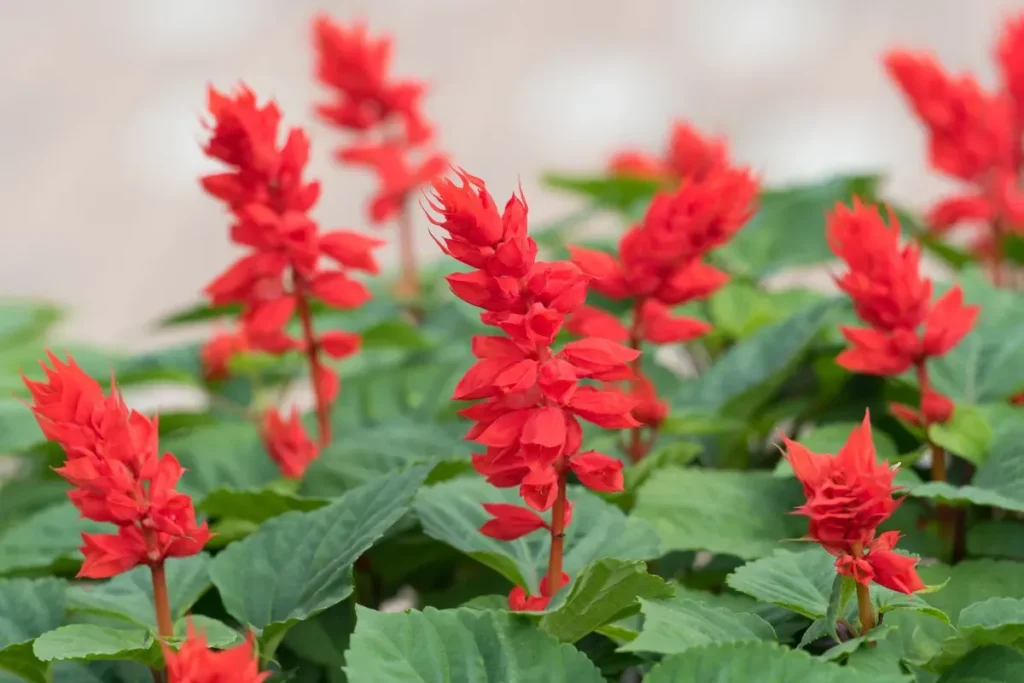
When incorporating perennial flowers into a formal garden, it’s essential to consider their growth habits, maintenance requirements, and seasonal characteristics.
Proper planning and placement can ensure that the garden maintains its desired formal look throughout the year, with perennials contributing to the overall symmetry and elegance.
Utilizing a combination of these exemplary perennials allows for creativity while adhering to the principles of formal garden design.
Whether used as borders, focal points, or accents, perennial flowers bring enduring beauty and structure to formal gardens.
Their ability to return year after year ensures that the garden evolves gracefully while maintaining its timeless appeal.
By selecting the right perennials and integrating them thoughtfully into the garden’s design, one can create
a space that not only delights the eye but also reflects the meticulous craftsmanship of a formal garden.
In conclusion
Perennial flowers are not just plants; they are the living elements that define and enhance the beauty of a formal garden,
making it a sanctuary of elegance and order amidst the natural world.


